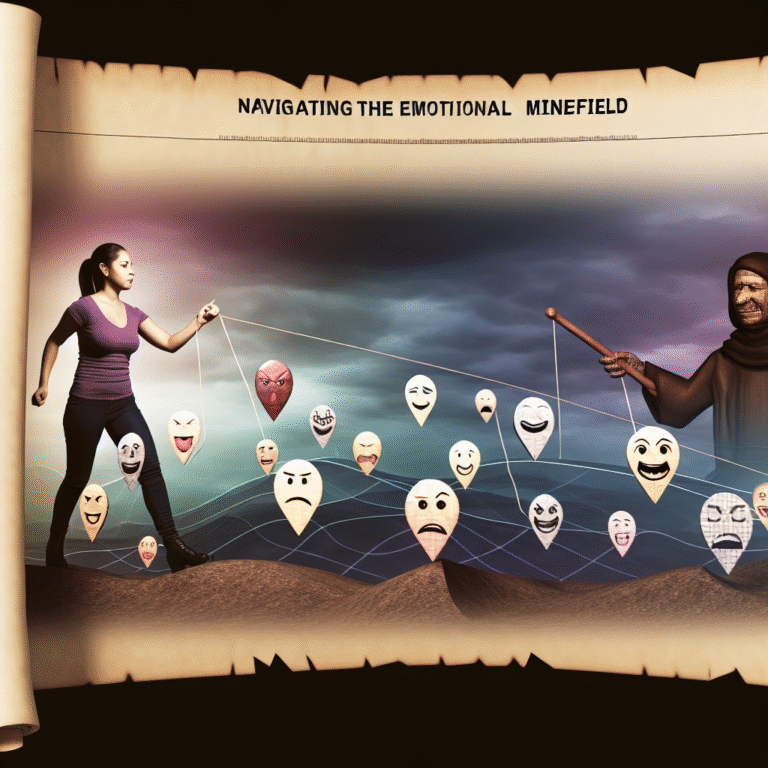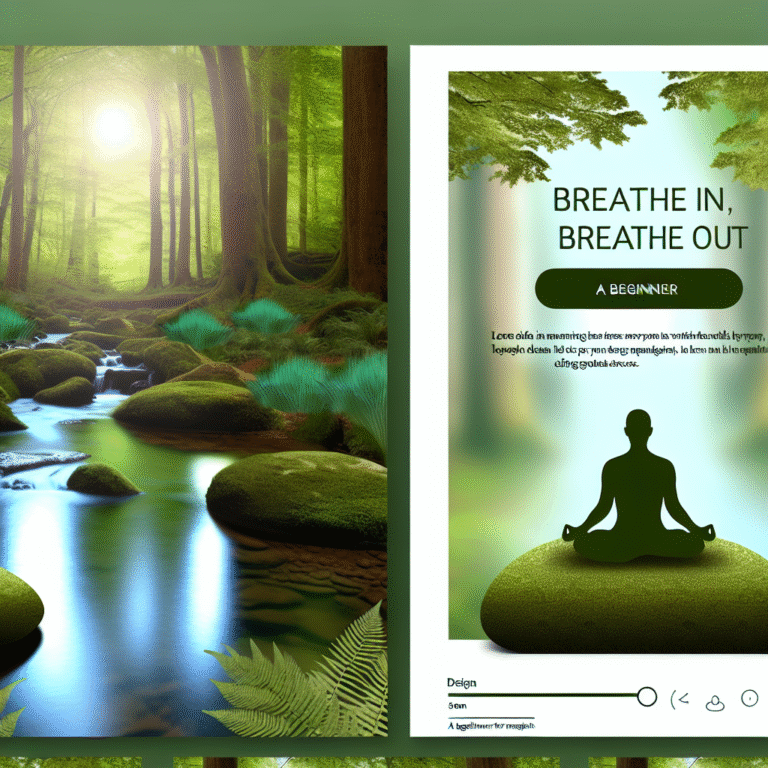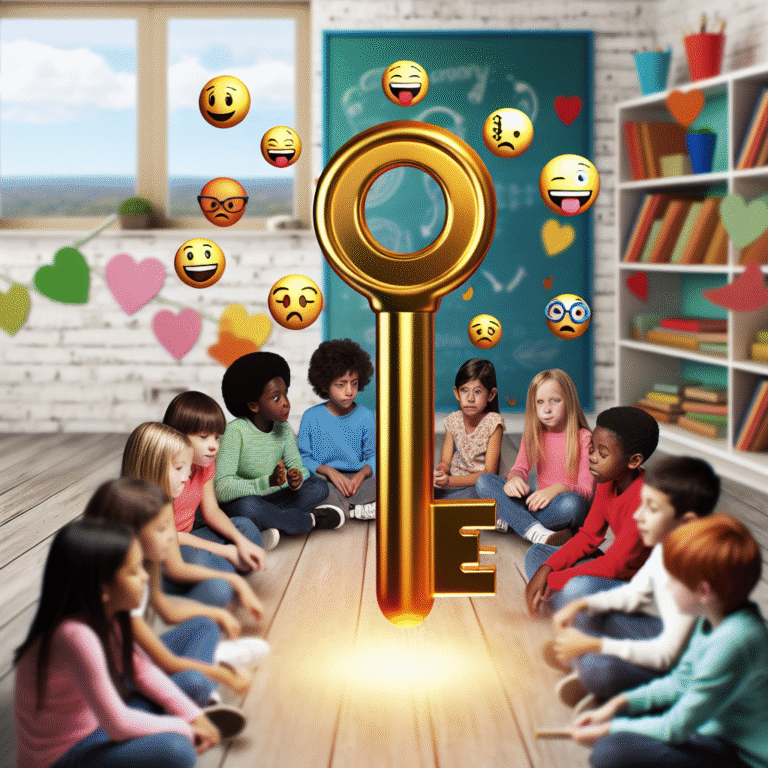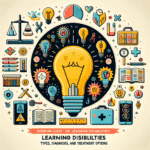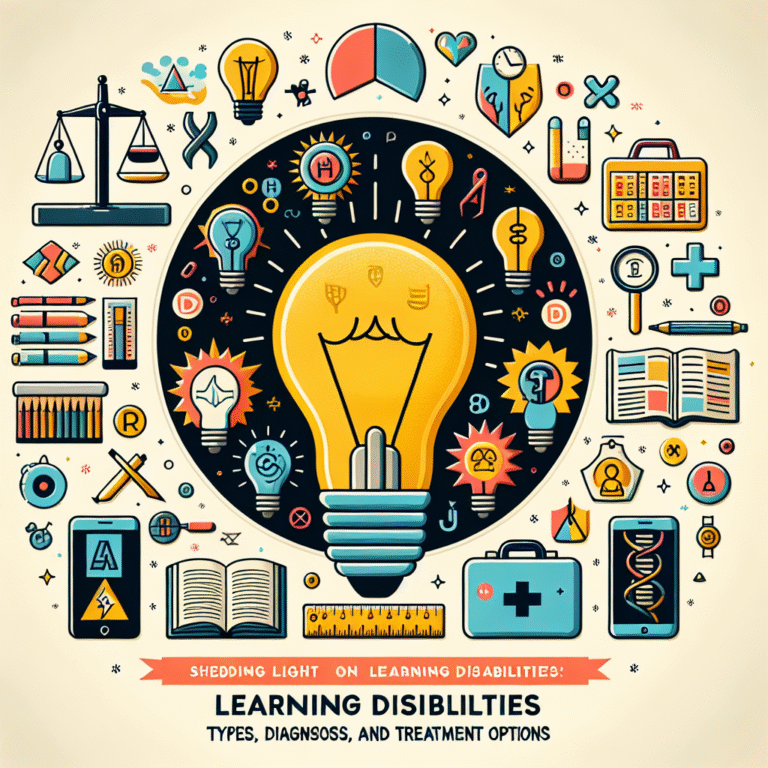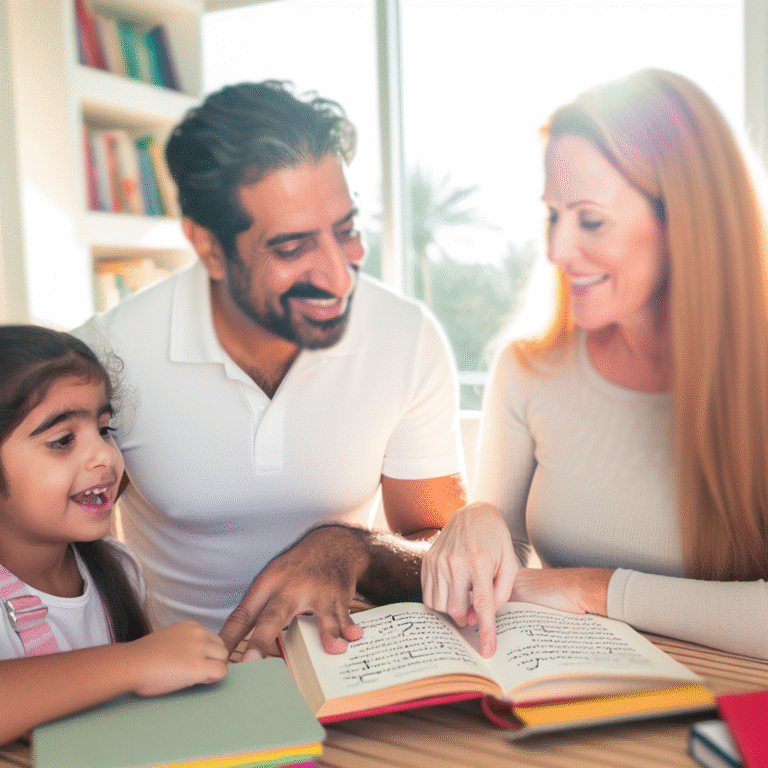
The Hidden Tactics: How to Spot Emotional Manipulation in Relationships – Your Essential Guide
Introduction
In a world where relationships can make or break our emotional well-being, recognizing the subtle yet powerful nuances of emotional manipulation is critical. Emotional manipulation often hides in plain sight, shrouded in the complexities of love, trust, and intimacy. If you’ve ever felt confused or drained after interacting with someone you care about, you might have experienced these hidden tactics of emotional manipulation.
In this article, we will delve deep into The Hidden Tactics: How to Spot Emotional Manipulation in Relationships, equipping you with practical tools and insights to protect yourself from emotional harm and foster healthier relationships. By the end of this guide, you’ll be empowered to identify toxic behaviors and reclaim the narrative in your emotional landscape.
Understanding Emotional Manipulation
What Is Emotional Manipulation?
Emotional manipulation is a form of psychological control where one person seeks to influence another’s emotions to achieve a specific agenda — usually at the cost of the other person’s well-being. This can manifest in various ways, from subtle guilt trips to overtly controlling behaviors.
Recognizing the Signs of Emotional Manipulation
Table 1: Common Signs of Emotional Manipulation
| Sign | Description |
|---|---|
| Gaslighting | Making the victim doubt their reality or perceptions. |
| Guilt Tripping | Using guilt as a weapon to control actions or emotions. |
| Withholding | Refusing to share feelings or information to gain control. |
| Love Bombing | Overwhelming someone with affection to gain control or trust. |
| Projection | Blaming the victim for the manipulator’s own issues or feelings. |
Case Study: "Jessica and Mark"
Jessica found herself in a whirlwind romance with Mark. Initially charming and attentive, Mark soon began to employ guilt as a way to control Jessica’s actions. Whenever she wanted to spend time with friends, he would reminisce about how lonely he felt without her. This manipulation, although subtle, became increasingly evident as Jessica began to withdraw from her social circles, feeling guilty about prioritizing herself over Mark.
Analysis: This case illustrates how significant emotional manipulation can transform a once-healthy relationship into a controlling dynamic. Recognizing such behaviors is the first step to reclaiming one’s emotional autonomy.
The Psychological Underpinnings
Why People Manipulate
Understanding the "why" behind emotional manipulation can be just as crucial as spotting it. Often, manipulators have unresolved issues, fear of abandonment, or learned behaviors from past relationships that motivate their actions.
The Role of Attachment Styles
Emotional manipulation often correlates with attachment styles formed in childhood. For instance, those with anxious attachment styles may manipulate to seek reassurance, while those with avoidant types may manipulate as a form of self-protection.
Case Study: "Tom and Lisa"
Tom, who grew up in a volatile household, developed an avoidant attachment style. In his relationship with Lisa, he would occasionally express disinterest when she sought emotional closeness. To pull her back, he would use techniques like withdrawing affection whenever she pushed for commitment.
Analysis: Understanding that manipulative behaviors can stem from deeper psychological issues can illuminate the reasons behind such actions and help in healing from them.
The Cycle of Manipulation
The cycle of manipulation can often perpetuate itself, leading victims to feel trapped. Recognizing this cycle is key to breaking free.
Case Study: "Nina and Carl"
Nina felt a sense of guilt and confusion when Carl would alternate between affection and emotional coldness, creating a cycle where Nina constantly needed to "earn" Carl’s love. Their relationship became a tug-of-war, leaving Nina exhausted and emotionally drained.
Analysis: Being aware of this cycle can empower individuals to break free from such manipulative practices by setting boundaries and seeking healthier interactions.
Practical Strategies to Spot Emotional Manipulation
1. Trust Your Feelings
One of the first steps in recognizing emotional manipulation is to pay attention to how you feel in the relationship. If something feels off or you often feel anxious or guilty, it’s essential to examine these emotions.
2. Look for Patterns
Many manipulators employ consistent tactics over time. Being aware of any recurring themes of guilt, fear, or neediness can serve as a red flag.
3. Communicate Openly
Engaging in open dialogue can help clarify intentions in relationships. If a partner reacts negatively to straightforward communication, it can indicate manipulative tendencies.
4. Set Boundaries
Learning to set boundaries is crucial. A healthy relationship respects limits, whereas manipulation often tries to breach them.
5. Seek External Validation
Having an outside perspective can help you clarify what feels normal in a relationship versus what feels manipulative.
Case Study: "Emily’s Empowerment"
Emily learned to set boundaries with her partner after recognizing subtle manipulation attempts. By articulating her needs and standing firm, she was able to create a more balanced, healthier dynamic.
Analysis: Setting boundaries can be a powerful antidote to manipulation. Empowering oneself to articulate needs is crucial for both emotional health and relationship longevity.
Insights on Reclaiming Your Power
Understanding Manipulator Types
- The Victim: Often portrays themselves as needing constant reassurance.
- The Narcissist: Focuses solely on their needs, using manipulation to meet their demands.
- The Control Freak: Uses emotional tactics to maintain power over partners.
Recognizing these archetypes can help individuals assert themselves more effectively.
Case Study: "Sarah and the Narcissist"
Sarah was entangled with a narcissistic partner who constantly shifted blame, making her feel responsible for his unhappiness. After learning about narcissism and manipulation tactics, Sarah sought therapy, reclaiming her self-worth.
Analysis: Educating oneself about various manipulator types can lead to better-informed choices, fostering emotional resilience.
Conclusion
Understanding The Hidden Tactics: How to Spot Emotional Manipulation in Relationships is essential for fostering healthier connections. By arming yourself with knowledge, you can enhance your emotional well-being and take back the reins of your emotional landscape.
Key Takeaways:
- Recognizing the signs of emotional manipulation can safeguard your mental health.
- Open communication and boundary-setting are essential tools for mitigating manipulation effects.
- Empowering yourself through knowledge can help you foster healthier relationships.
As you move forward, remember that you are not alone; understanding these dynamics is the first step toward emotional freedom. Embrace this newfound knowledge, and allow it to empower your relational interactions.
FAQs
1. What are common emotional manipulation tactics?
Common tactics include gaslighting, guilt-tripping, love bombing, and withholding support or affection.
2. How can I tell if I’m being manipulated emotionally?
Look for feelings of confusion, anxiety, or guilt after interactions with a partner. Recognizing a pattern of these feelings can indicate manipulation.
3. Is emotional manipulation always intentional?
Not always. Sometimes, manipulative behaviors may stem from unresolved issues or learned behaviors. However, this does not excuse the manipulation.
4. Can emotional manipulation be unlearned?
Yes, both manipulators and victims can seek therapy to address underlying issues and learn healthier relational patterns.
5. What should I do if I recognize manipulation in my relationship?
Engage in open communication, set boundaries, and consider seeking professional help whether for support or to navigate the situation further.
By understanding The Hidden Tactics: How to Spot Emotional Manipulation in Relationships, you equip yourself with the tools to foster not only healthier relationships but also a more profound sense of self-awareness and self-esteem. As you move through your journey in relationships, remember, knowledge is power — use it wisely.






